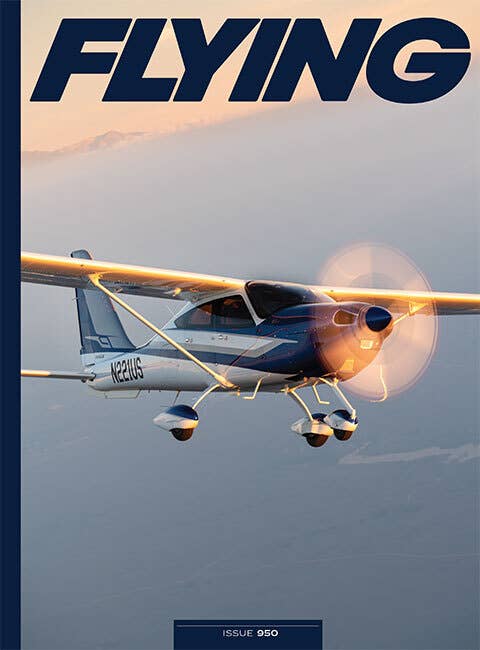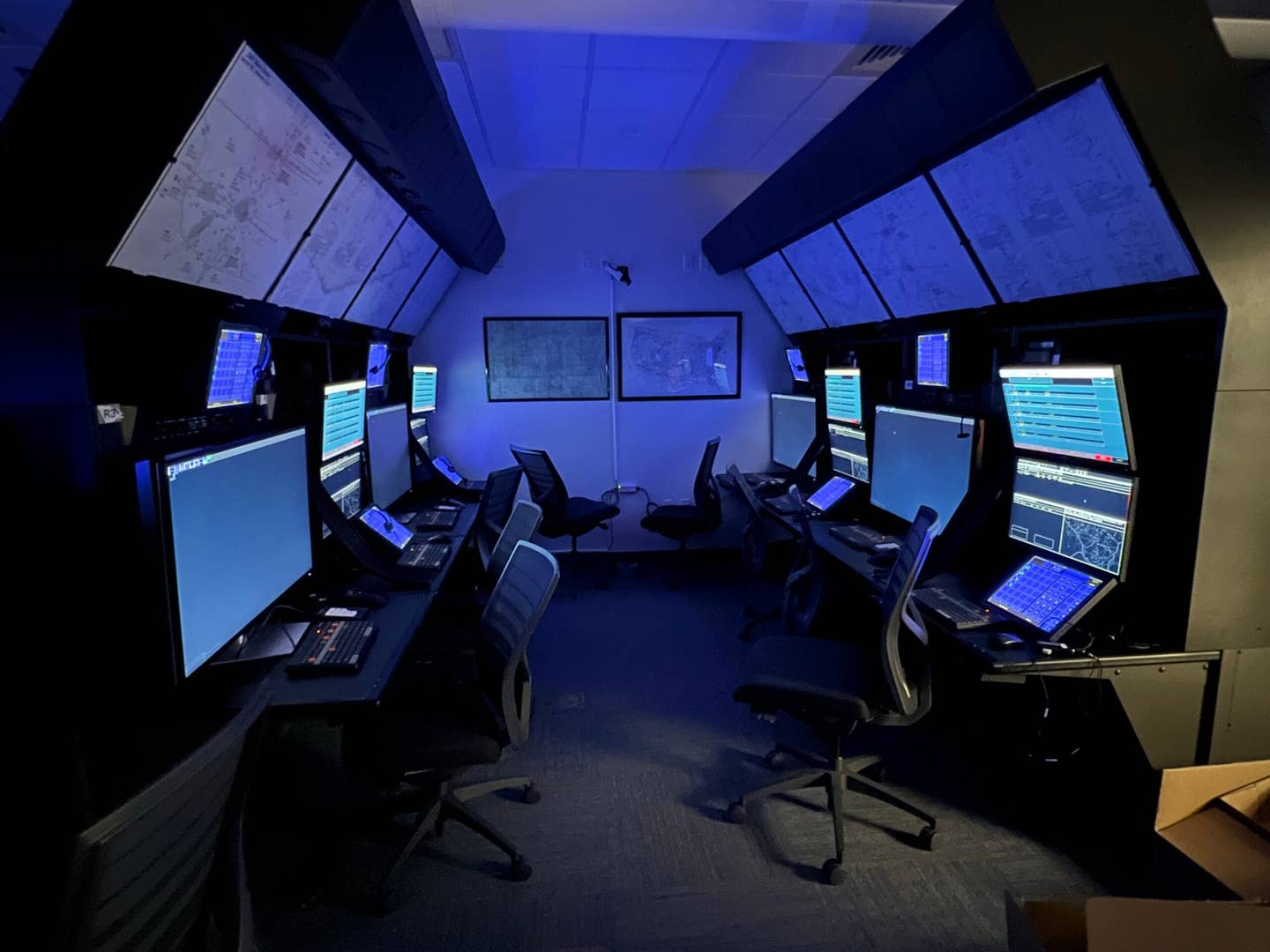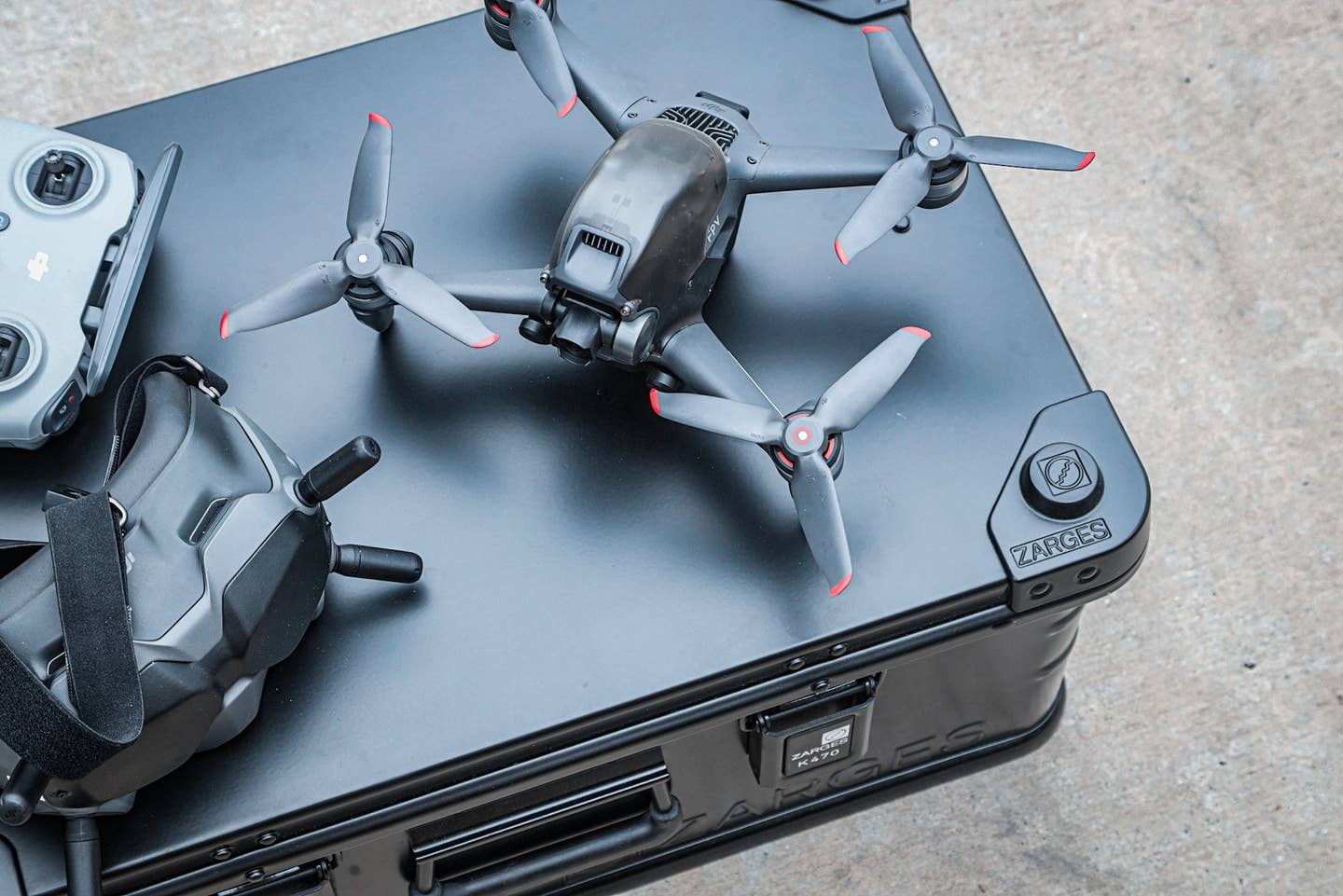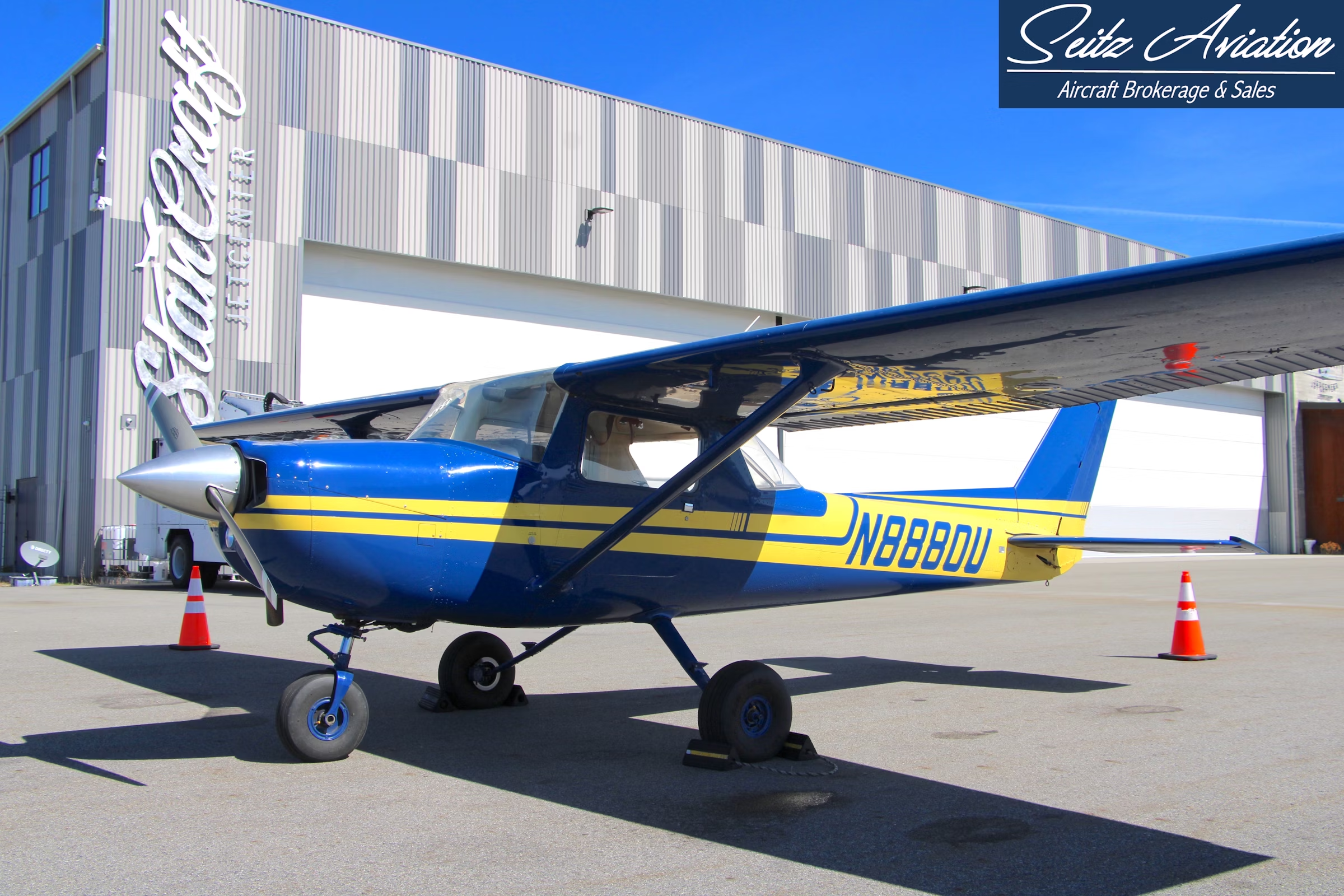Electric Aircraft Are No Longer a Jetsonian Dream
Meet two of the world’s first private owners of the BlackFly prototype.
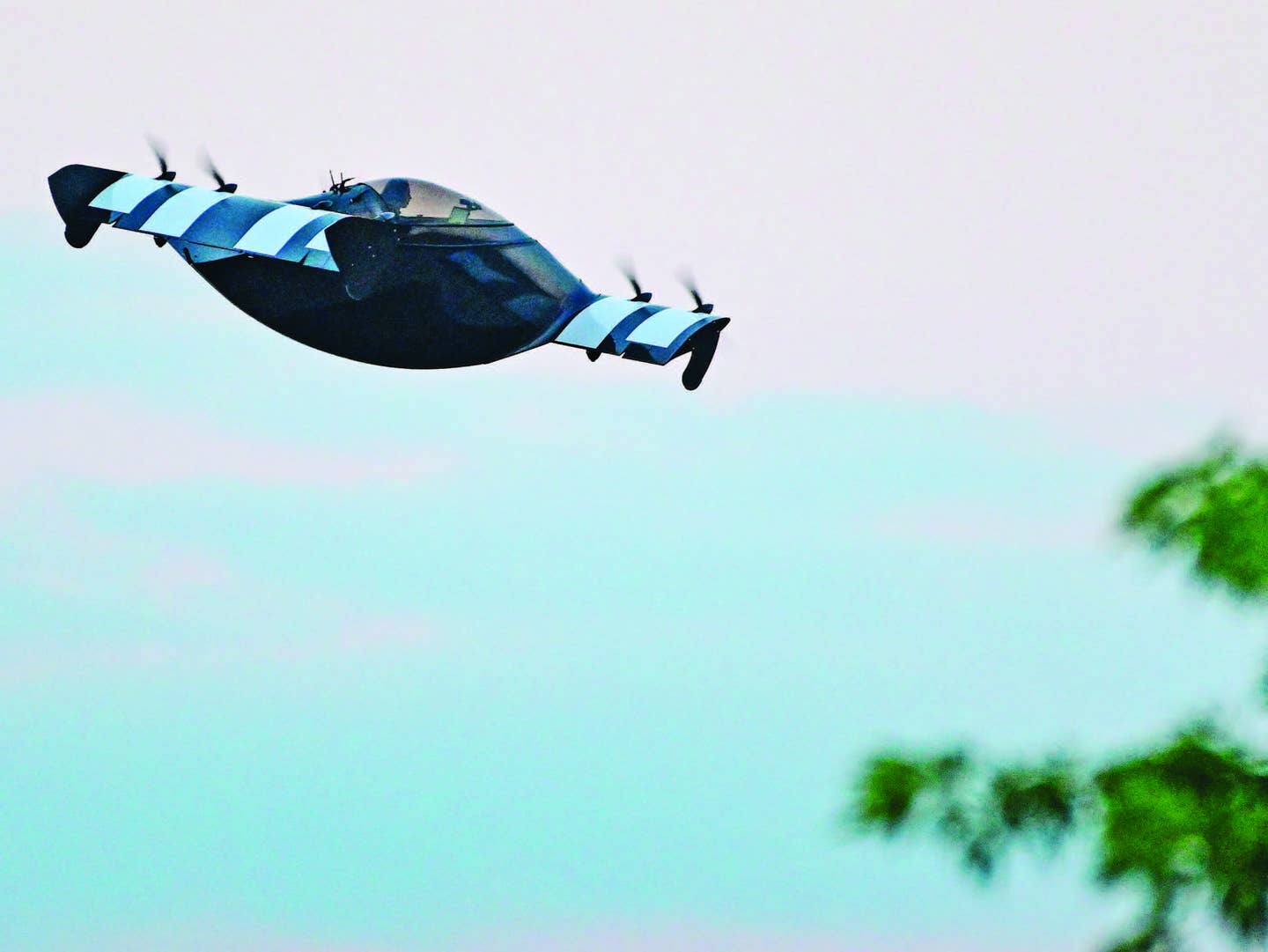
Pivotal’s BlackFly is the first electric aircraft to land in civilian hands. [Courtesy: Pivotal]
Dave Cook owns a Lancair and made a career out of flying. Dean Owen had never flown before. But both are making aviation history as the first private electric aircraft owners in the U.S.
“The only thing I ever did with an aircraft was jump out of a few for the military,” Owen said. “I’ve got a buddy that used to fly me around for business trips, and on a rare occasion, he would let me take the stick of his Cessna while we’re in the air. But that was it.”
If you're not already a subscriber, what are you waiting for? Subscribe today to get the issue as soon as it is released in either Print or Digital formats.
Subscribe NowCook and Owen are among five lucky civilians participating in manufacturer Pivotal’s early access program (EAP) to get their hands on the BlackFly—an electric vertical takeoff and landing (eVTOL) prototype. Lifting off like a helicopter but soaring on fixed wings like an airplane, the outlandish design switches flight modes with the push of a button by tilting its entire airframe. Flight controls comprise a joystick and fly-by-wire system.
- READ MORE: Keeping Up in the 2nd Space Race Takes Diligence
With an empty weight below 350 pounds, the BlackFly qualifies as a Part 103 ultralight. That means, in lieu of hundreds of flight hours, BlackFly users train on a simulator for as little as two weeks. That’s allowed Pivotal to reach private owners before competitors. In October, it opened sales of the Helix—BlackFly’s successor—for $190,000 in the U.S.
Another electric model, Pipistrel’s Velis Electro, is used for training at U.S. and European flight schools. Gabriel Massey, president and managing director of Pipistrel, said some private pilots are flying it for personal use and discovery flights.
Even more designs are in development. But only a handful are actually in the sky.
Learning to Fly
Cook, who lives in Oregon, earned his private pilot certificate in the 1980s. In addition to his Lancair, he’s flown the Bombardier Challenger and Learjet series, including a Learjet 28—the model Neil Armstrong flew to set five aerospace records.
When he first heard about the BlackFly, Cook thought, “Yeah, right.” But on a fortuitous flight, he crossed paths with a Pivotal engineer and was connected with the EAP lead.
- READ MORE: SpaceX Stands Behind Its Ambitious Lunar Timeline
“The way he spun it was, ‘Hey, we’re going to pick four or five guys, and they’ll be kind of the Orville and Wilbur Wright of this whole new generation of aircraft,’” Cook said. “And I just jumped on board.”
Owen, meanwhile, runs a regional accounting firm and owns half of a company that builds engine cleaning systems. He had never owned or piloted an aircraft before. But after accepting his EAP application, Pivotal made Owen an offer he couldn’t refuse—a small down payment in exchange for training, and his money back if he wasn’t happy.
Within weeks, Cook and Owen were at Pivotal’s Palo Alto, California, training facility. Owen compared the company’s team to the Navy’s Seal Team 6 and joked that it had a checklist for everything—even going to the bathroom.
“I’m not really an aircraft pilot kind of guy. I fly by the seat of my pants a lot,” Owen said. “So I had to learn to slow down and follow their protocols, not mine.”
As some of the first BlackFly pilots, Owen and Cook trained for more than two weeks. Once, Owen said, Pivotal called him in for extra work because it underestimated the number of trees in his home state of Kentucky. To be safe, he practiced switching to cruise flight at higher altitude.
For Cook, it took a year before he finally got the BlackFly back to his hangar.
“I’m not an arrogant, cocky guy,” Cook said. “But I’ve got a lot of [flight] time, and this thing doesn’t have one gauge in it—just a couple buttons on a joystick. I thought, ‘I got this.’ And it kicked my butt. I left there with my tail between my legs.”
What’s That in the Sky?
Cook, Owen, and other BlackFly owners are already flying routinely—with some limitations. BlackFly pilots can fly only during daytime within Class G airspace, with a restricted range of about 17 nm and cruise speed of 55 knots. That caps flights to about 20 minutes.
- READ MORE: Legacy Aviation’s New Best Friend
For Cook, who lives in an area with mostly Class D airspace, that’s been limiting. Both owners are looking to expand the envelope.
“Eventually, this will be a tool,” Owen said. “Right now, it’s a toy.”
Still, Cook—who said locals have dubbed him “The Martian”—described the BlackFly as the “ultimate grocery store aisle conversation piece.” A few weeks ago, he got a laugh when he surprised some onlookers while flying over a lake.
“I pop up over the dam, and there’s these people in boats looking at me,” Cook said. “So I put it in hover mode, and I do this 360 and just freeze, and I take off. I look down, and people are scrambling for their phones, falling into the water…their imaginations just go bonkers.”
Pivotal encourages pilots to fly by covering flight expenses for airshows, such as a demonstration Owen is planning at a local school. Another owner, Tim Lum, is using the BlackFly to commute to work and thinks it has potential for first response and aerial firefighting.
“This is the Jetsons—I am walking out of my house. I’m going to open the garage door. I’m going to pull this thing out, and I’m headed to work, honey,” Cook said. “That’s exactly what I’m wanting to do.”
A New Kind of Ownership
Learning to fly such a strange aircraft hasn’t always been easy. Cook, for example, thought he was going down when two propellers cut out. As it turned out, the BlackFly’s automated system had detected an issue, and the propellers quickly spooled back up as designed.
“No one ever told me that as a pilot, when something stops spinning and you’re looking at it in front of you, your heart rate goes through the roof,” Cook said.
Owners need to be particularly cognizant of conditions like wind and heat, which can overcook the engines and cause battery failure. BlackFly has a parachute but lacks a glide ratio, so a failure could cause it to tumble directly to the ground.
“You just don’t think in the same parameters, in the same mindset as a normal aircraft,” said Cook. “If you don’t play by the rules, it won’t play with you.”
Fortunately, the pilots have had few issues. In nearly two years of BlackFly ownership, Owen said he spent just 90 minutes on maintenance because of a single hard landing.
“Overall maintenance in electric propulsion is much simpler than the knowledge required to maintain a conventional engine,” said Massey, who estimated the Velis Electro operates at half the cost of a conventional trainer.
Like Pipistrel, which offers a maintenance training course, Pivotal sticks with BlackFly owners every step of the way. Owen thought the damage from that landing was purely cosmetic and planned to fly his BlackFly in an airshow the following day—a promise he’d made to a friend. When Pivotal called and told him to hold off, he reluctantly agreed.
But to his surprise, the company called back. Replacement parts would be waiting for him at a nearby Walgreens in the morning, free of charge, and he could keep his promise.
State of Play
Sergio Cecutta, a founder and partner at SMG Consulting who runs the firm’s Advanced Air Mobility (AAM) Reality Index, said we’ve only seen the tip of the electric aircraft iceberg. The BlackFly and Velis Electro—which operates in the U.S. with a light sport aircraft (LSA) exemption—arrived first because they fly under lenient rules. But more are on the horizon.
According to Cecutta, the bulk of AAM investment is tied up in eVTOL air taxis, such as Archer Aviation’s Midnight or Joby Aviation’s S4. Air taxis won’t take off in 2025, he predicted, because they are still too expensive.
“But business aviation—it’s already a relatively price insensitive market,” Cecutta said.
Before air taxis, Cecutta believes premium services for high-paying customers could be the next landing spot for electric aircraft. Operations without passengers—such as cargo logistics, aerial firefighting, and emergency medical services—are also candidates.
Cecutta expects other electric aircraft types to proliferate before eVTOL. Electric short takeoff and landing (eSTOL) models, such as Electra’s EL9, and conventional takeoff and landing (eCTOL) models, such as Beta Technologies’ Alia, for example, have an easier path to market.
“As the market continues to develop, look for other specific aircraft—maybe some doing EMS missions, some doing firefighting, etc.—to emerge,” Cecutta said. “They’re not flying yet. But it’s something that is coming.”
This feature first appeared in the March Issue 956 of the FLYING print edition.
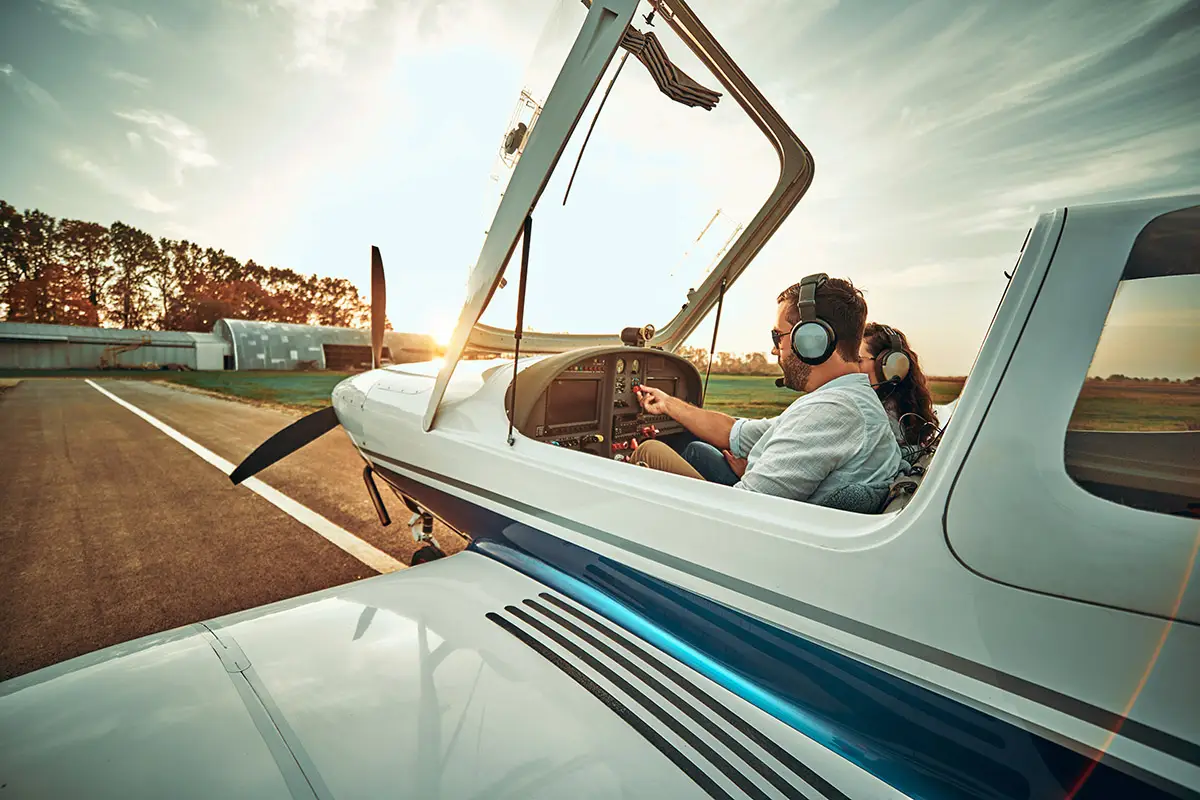
Sign-up for newsletters & special offers!
Get the latest FLYING stories & special offers delivered directly to your inbox

